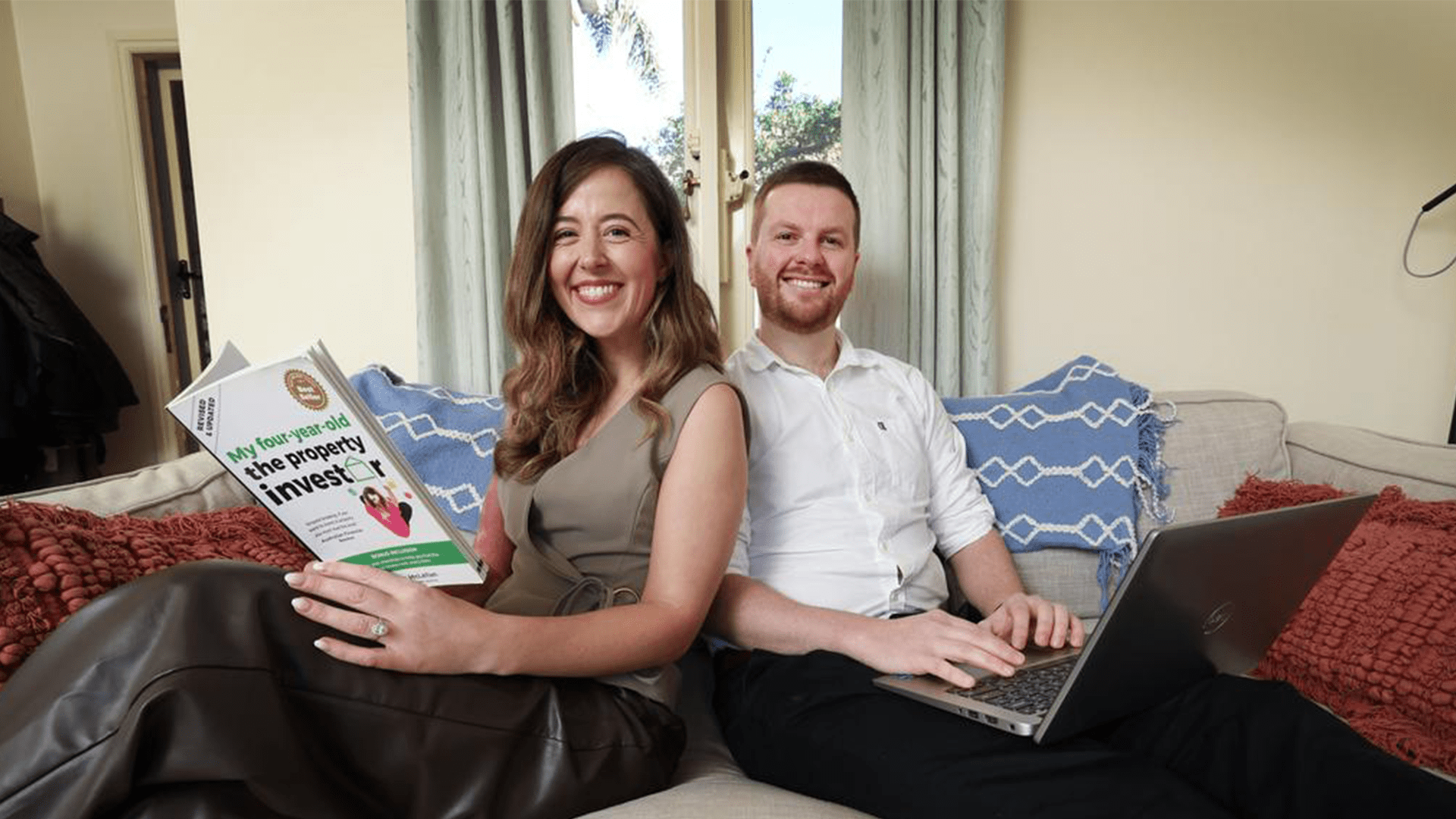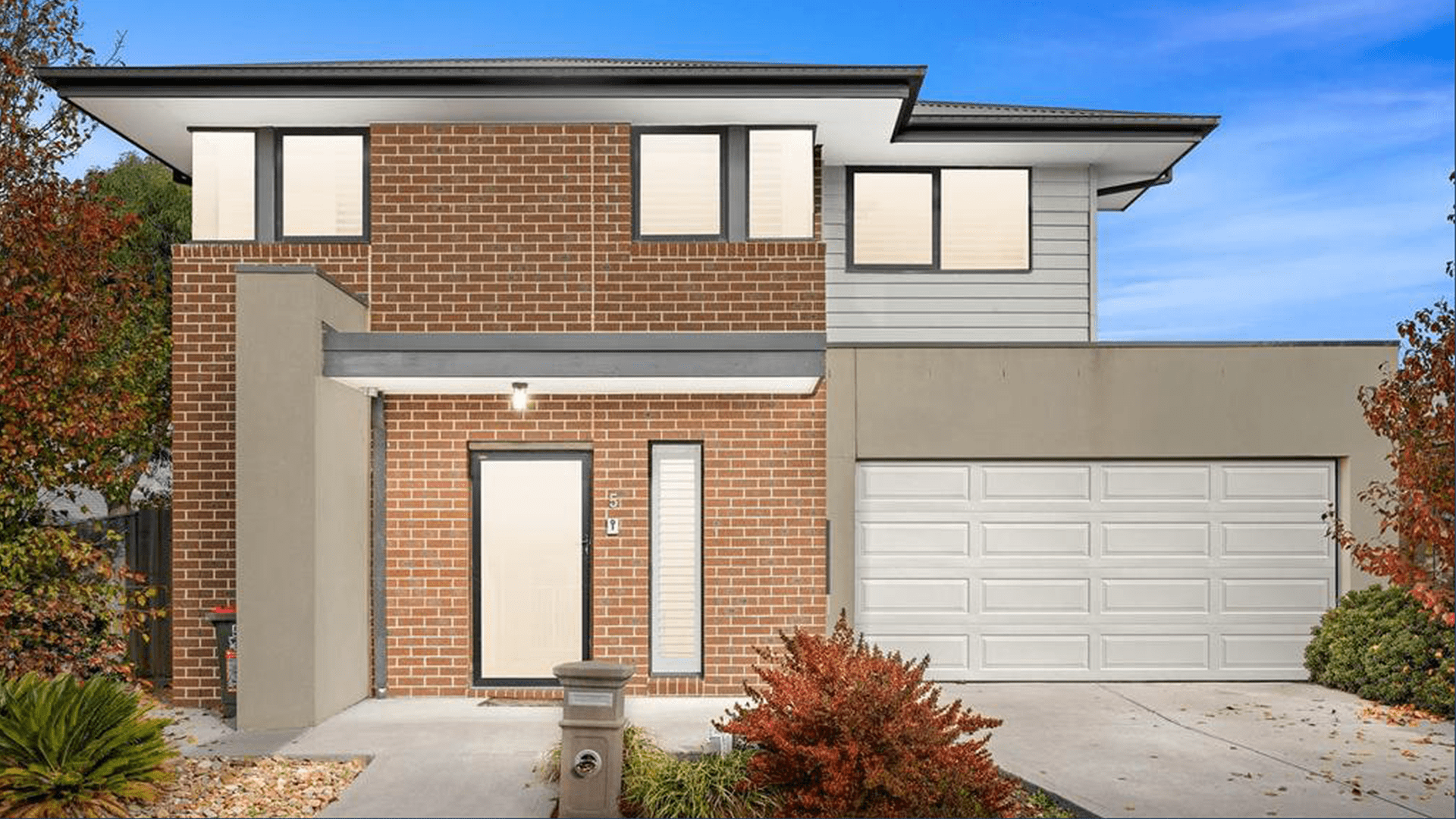The average 22-year-old couple making $85,000 each a year will pay over $1,500,000 in tax during their working lives.
To put that into perspective, in a 5-day work week they will have worked 1 day each (at least) just to pay the tax man. Looking at it another way, according to recent ABS data the average mortgage in Australia as of March 2022 was $599,992. That means, most Aussie couples will not only attempt to pay off their own home mortgage, but they’ll also have to fork out to the ATO for the equivalent of an additional 2.5.
Imagine paying 2.5 extra mortgages in your life and having nothing to show for it!!
Yes, it’s true. Tax is your contribution to live in a beautiful country with great infrastructure. But what you may not realize is there are completely legal ways to heavily reduce your tax bill, all while supercharging your retirement. In fact, it’s what the government calls a “tax incentive”, which means the government actively endorses it!
There are a number of reasons why the government want you to take advantage of this.
Firstly, our population grows around 30-40% faster than the rest of the world, on average. This high population growth isn’t a recent thing. Politicians realised a long time ago that catering for a growing population will require lots of investment, so it established tax incentives to encourage taxpayers to invest money.
A huge liability for many governments is the cost of health care and the aged pension, and the powers that be realize that funding the pension for every Australian isn’t realistic. So, they want you to be financially independent and are prepared to assist you in getting there. They do this in the form of something called ‘negative gearing’, which is a tax incentive the ATO makes available to taxpayers who invest within Australia.
Secondly, it’s no secret that we have a housing shortage in Australia. The government have several ways they can tackle the problem, one of them being to construct social housing themselves. However, this is a multi-trillion-dollar problem and when they attempted this in the past, it created fragmented suburbs with pockets of distinctly recognisable “Council flats” and didn’t really address the main issue – that there is an insufficient supply of houses in the country.
So, to encourage everyday Aussies to assist in adding to the supply of available rental accommodation, the ATO offers an additional tax incentive. They do this through offering a tax incentive to cover the cost of purchasing the building. This is called “amortisation” and allows you to deduct the cost of constructing an investment property from your taxable income over a 40 year period. To put it simply, a $400k building reduces your taxable income by $10k/annum.
In addition to amortising the cost of construction, the ATO also lets you “depreciate” the cost of fixtures and fittings. That means the cost of taps, lights, carpets, curtains – anything that is bolted down but not part of the structure – gets depreciated over a much shorter period, depending on the type of fitting.
Don’t understand how depreciation works? Don’t worry, most people don’t! We have an explanation at the end of this article.
While you can get some amortisation and depreciation benefits on established properties, the incentive is much bigger on properties that are newly built. The government wants to reward Australians for adding to the housing stock, rather than simply trading existing houses, and so they do this by giving you back more of your tax for new properties than for older properties.
Now, coming back to negative gearing – having spoken to thousands of people about property, I can categorically say that this is one of the most confusing aspects of investing.
Simply put – negative gearing is your ability to claim a tax benefit on a property. It is no more complex or simple than that.
Most people don’t realize they can own a great property in a major capital city and have little to no ongoing costs to hold that property in the long term, all while putting their hard-earned tax money to work. This allows us to add a second, third and subsequent properties to our portfolio without living on canned tuna and baked beans.
Most of our clients would receive give-or-take $10,000 back on their tax returns annually for each property that they hold. If you are making an income of $100,000 your tax bill will be around $23,000. That $10,000 tax credit is equal to around 40% of the original tax you’d have paid, and you’ll be getting that back with a single property. If you owned 2 properties, you’d get over 80% of your tax back!
The added benefit? You’ll have 2 investment properties working to get you to financial freedom!
These are just a couple of the simple tools that we share with our clients to tilt the scales in their favour and help them to systematically build their wealth. To better understand how you can use this to your advantage, please don’t hesitate to reach out. We are here to help.
Let’s talk depreciation.
To use an example, imagine that owning a property was your job. In this case, the property’s rent is your only income. Of course, you also incur expenses in maintaining the property. If you didn’t have any debt, your cashflow over a year might look like this:
Rent $20,000
Property Expenses ($5,000)
Gross Profit $15,000
Tax Payable $4,500 – assumes 30% tax on gross profit for simplicity
Net Cashflow $10,500 = gross profit less tax payable
Now, properties don’t just fall into our laps, so often we have to borrow money to purchase them. This is where the “gearing” in “negative gearing” originally came from. Assuming that interest was $10,000 per year, the same property as above would now look like this:
Rent $20,000
Property Expenses ($5,000)
Interest Costs ($10,000)
Gross Profit $5,000
Tax Payable $1,500 – assumes 30% tax on gross profit for simplicity
Net Cashflow $3,500 = gross profit less tax payable
In the above example, the property is “positively geared”, because you have a tax liability – meaning that you have to pay tax on the gross profit. This reduces the cashflow you’d have received from the property. But you still have two powerful tools up your sleeve: depreciation and amortisation. These are the tax incentives that we get for owning a building, and the newer the building, the larger the benefits. So, if we assume that the amortisation and depreciation was equal to $12,000, your tax calculation would look like this:
Rent $20,000
Property Expenses ($5,000)
Interest Costs ($10,000)
Amortisation & Depreciation ($12,000) – non-cash deductible item
Gross Profit ($7,000) – this is now a “tax deduction”
Tax Payable ($2,100) – this is now a tax refund
Net Cashflow $5,600 = gross profit plus amortisation and depreciation, less tax payable
As you can now see, by adding a significant amount of on-paper (not real life) costs to the property, through amortisation and depreciation, we are now maximizing how much tax we get back. In fact, the above example shows how we can even get tax back when we were already making a profit. In other words, we can have a negatively geared property that produces positive cashflow. You might call that a bit of magic!
Of course, I used a flat tax bracket in the above examples, but in reality, the tax benefits become even greater when adding your personal income to that of your property and considering the impact of depreciation on your variable tax bracket. Because a newly built property grants us a much higher amount of depreciation, you get a higher amount of tax back in our pocket. This allows us to hold much better-quality properties without the stress of large ongoing costs to hold them.







